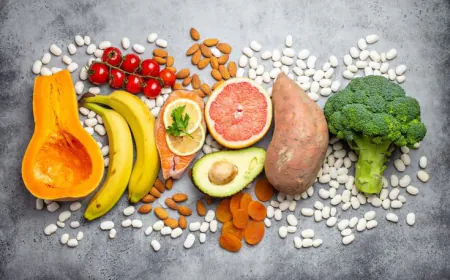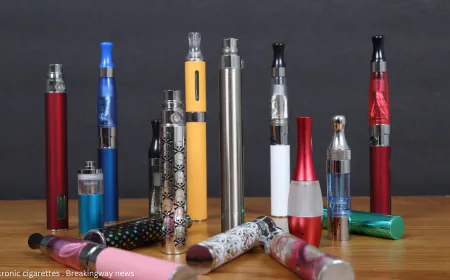Chinese EV Expansion: BYD, NIO, XPeng Global Strategies
Explore how BYD, NIO, and XPeng conquer global EV markets with localized strategies, EU tariff battles, and emerging market dominance.

"From January to November 2024, China exported 1.141 million new energy vehicles (NEVs)—a 4.5% year-on-year surge—as BYD, NIO, and XPeng redefine global automotive competition. But can they sustain growth amid EU tariffs, supply chain bottlenecks, and shifting consumer trust?"CAAM
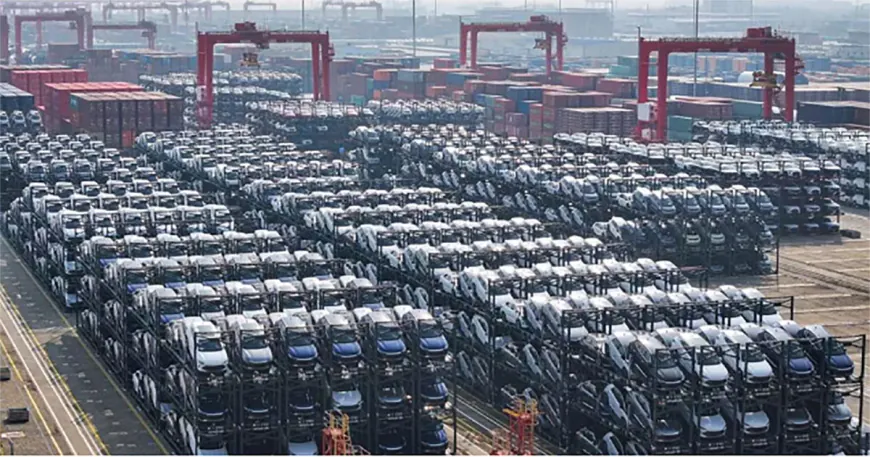
BYD electric vehicles await export at Taicang Port, Suzhou, in February 2024. (Image: AFP/Getty Images)
Europe: Factories, Tariffs, and Battery Swaps
BYD’s Hungary Plant: Pioneering Europe’s Electric Bus Revolution
BYD’s Hungary facility, established in April 2017, holds dual distinctions: it is China’s first EV factory in Europe and the continent’s inaugural plant dedicated to electric buses by a Chinese automaker. Located in Komárom, the facility combines R&D, manufacturing, and testing under one roof, with a focus on advancing zero-emission public transport.
Key Features:
-
Facilities: A 30,000 m² industrial park housing an R&D centre, sub-assembly and chassis workshops, a paint shop, and a battery testing lab equipped with climate simulation chambers.
-
Production Capacity: 400 electric buses annually (double-shift operations), serving markets across Europe.
-
Investment: €20 million initial investment, employing 300 local workers BYD Europe
Strategic Partnerships:
The plant supplies bus chassis to BYD’s UK joint venture with Alexander Dennis (ADL), Europe’s largest bus manufacturer. This collaboration has delivered over 1,500 electric buses to cities like London and Glasgow since 2017.
Expansion for Passenger EVs:
In November 2024, BYD announced a $1.3 billion expansion of its Hungarian operations with a new passenger EV plant in Szeged. Slated to begin production in late 2025, the facility will employ 3,000 workers and produce 150,000 vehicles annually, including models like the Seal sedan and Dolphin hatchback. This move directly counters EU anti-subsidy tariffs and strengthens BYD’s foothold against rivals like Tesla and Volkswagen Reuters
Quote: “China’s EV sector leads global competitors by three to five years in product innovation, technology, and supply chain maturity.” – Wang Chuanfu, BYD CEO, in an interview with China’s national broadcaster.
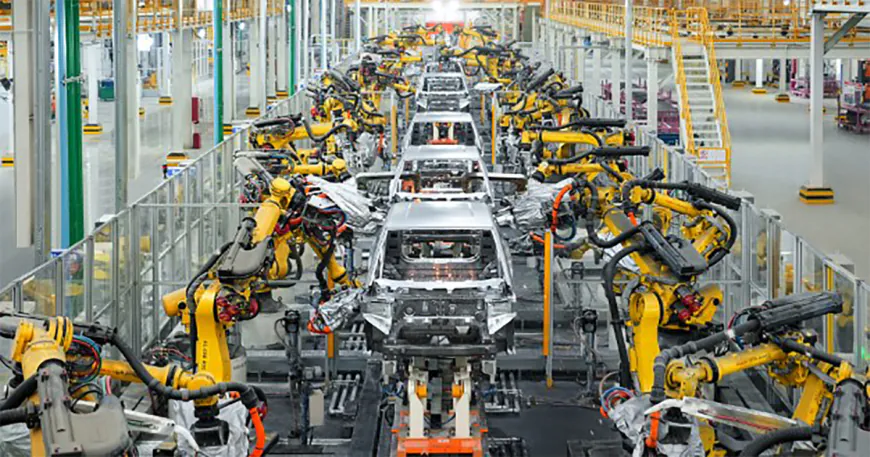
BYD’s Komárom facility produces 400 electric buses annually. (Image: BYD Media)
NIO’s Norway Battery Swap Network
NIO’s 18 Norway battery stations (120 by 2025) use renewable energy via Equinor. The brand’s infrastructure-first strategy is paying dividends: in December 2024, NIO delivered 31,138 vehicles globally—the first time monthly deliveries surpassed 30,000 units, marking a 72.9% year-over-year surge (NIO News).
-
Norway Sales: 1,200 units sold in 2023 (+300% YoY) (Norwegian Road Federation).
-
Global Momentum: December’s record reflects growing demand for NIO’s battery-swappable EVs and premium user ecosystem.

NIO’s battery swap infrastructure in Norway. (Image: NIO Press Kit)
Southeast Asia: Partnerships Over Price Wars
XPeng’s Thailand Expansion: AI-Driven Mobility Ecosystem
In February 2025, XPENG announced a milestone in its ASEAN strategy: the first shipment of 300 right-hand-drive X9 multi-purpose vehicles (MPVs) to Thailand. The launch aligns with the company’s broader vision to deploy its AI-defined mobility ecosystem, featuring:
-
Advanced Smart Driving: AI-powered autonomous navigation tailored for Southeast Asian urban environments.
-
OTA Updates: Frequent over-the-air software upgrades for enhanced performance.
-
Charging Infrastructure: Partnerships to expand Thailand’s high-speed charging network.
Quote: “Autonomous driving for all is no longer a dream—it’s our mission. We’ll keep innovating to democratize smart mobility globally.” – He Xiaopeng, XPeng CEO (XPeng News).
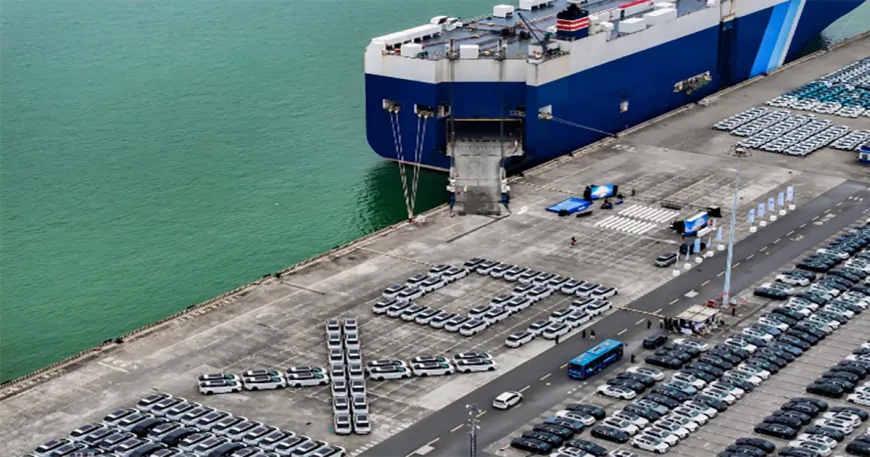
XPeng’s first 300 right-hand drive X9 MPVs arrive in Thailand. (Image: XPeng Press Release)
BYD’s Nickel Hurdles in Indonesia
BYD’s $1.3B Indonesian nickel investment faces challenges after Jakarta’s 2024 raw mineral export ban.
Latin America: Affordable EVs vs. Trade Barriers
BYD’s Brazil Factory: Bypassing 35% Tariffs
BYD’s Brazil plant, operational since late 2024, now produces 150,000 budget EVs yearly. The $21,000 Dolphin hatchback targets cost-conscious buyers.
-
2025 Update: 25,000 units delivered in Q1 2025.
-
Market Share: 27% of Brazil’s EV imports pre-factory (ANFAVEA).
Chile’s Lithium Nationalization Risks
Chile’s 2023 lithium nationalization policy threatens BYD and CATL’s access to 50% of global lithium reserves.
Key Challenges: Geopolitics and Perception
EU Carbon Border Tax Threat
A proposed 2025 EU tax could raise Chinese EV prices by $4,000, eroding their cost advantage (JATO Dynamics).
Building Premium Brand Loyalty
62% of European buyers associate Chinese EVs with “low cost” (Source: JATO Dynamics). NIO counters this with lifestyle-focused “NIO Club” lounges in Berlin.
Conclusion
BYD, NIO, and XPeng exemplify how global EV success demands cultural agility and localized innovation. With CAAM reporting 1.141 million NEV exports in 2024’s first 11 months, their journey underscores both ambition and adversity.
Explore More on Breakingway.com:
What's Your Reaction?





























